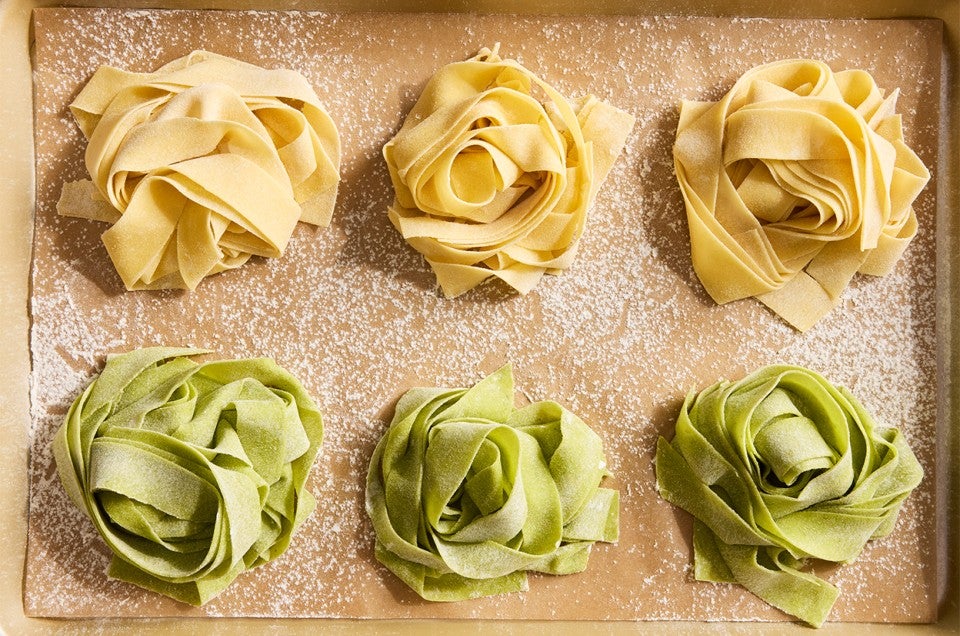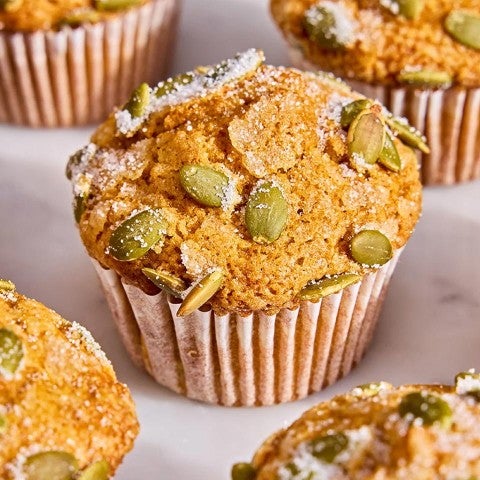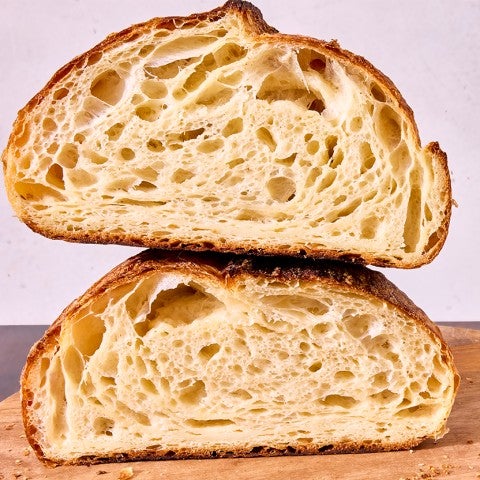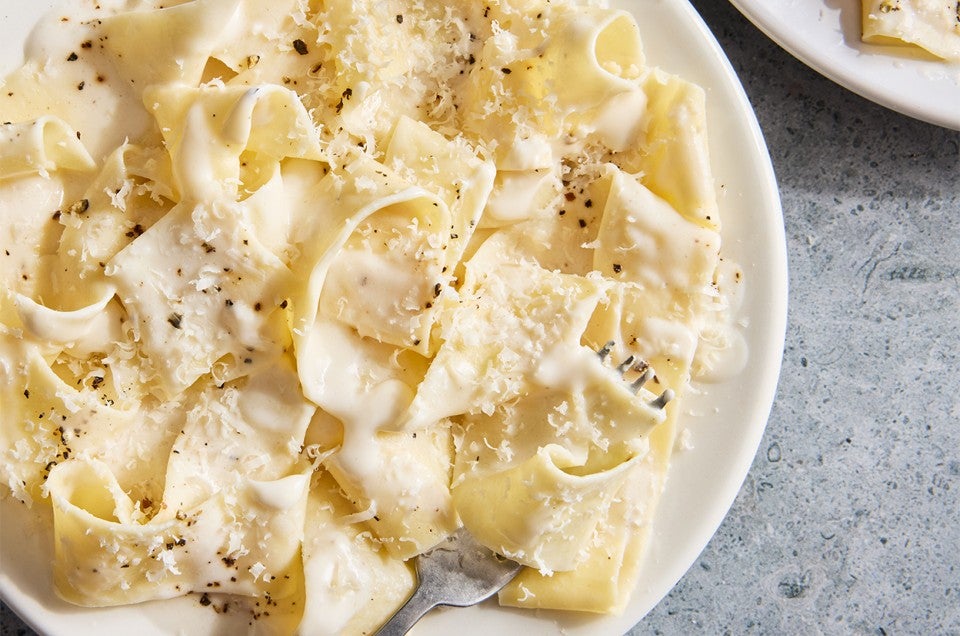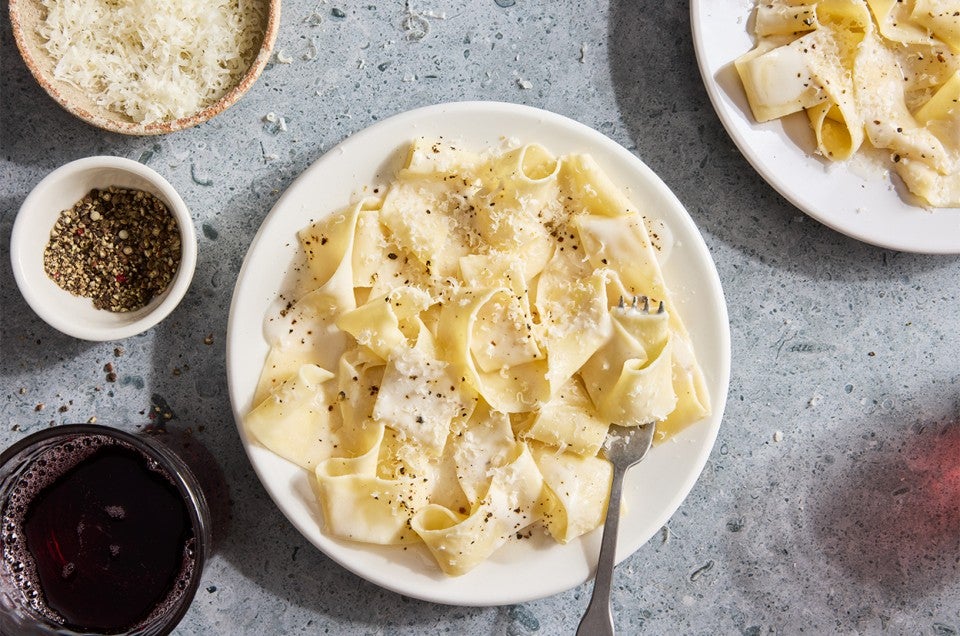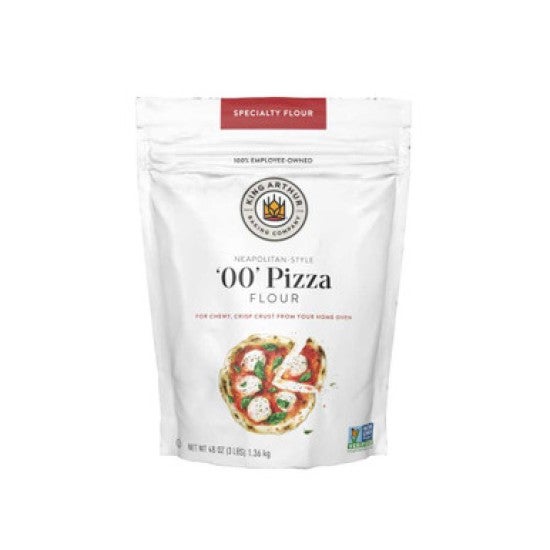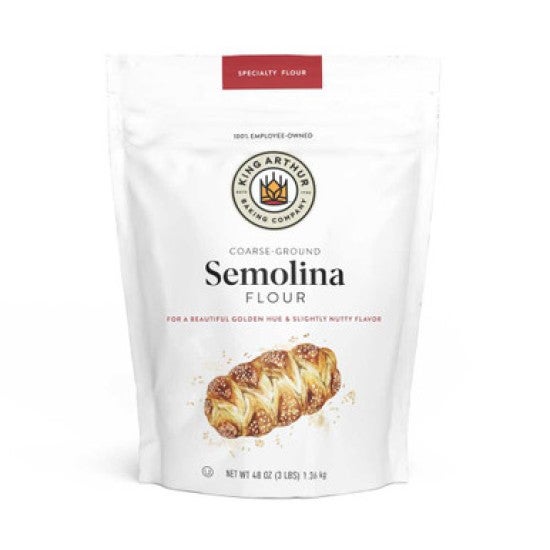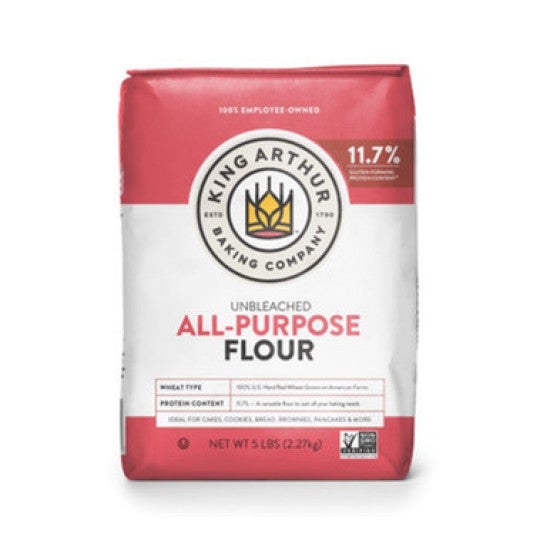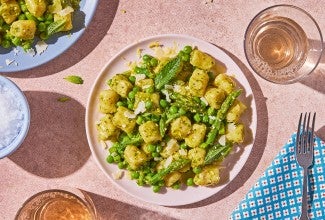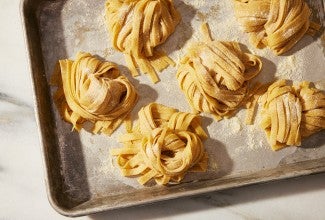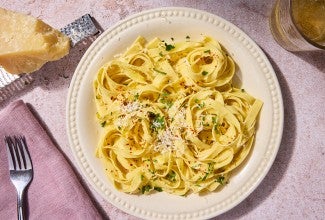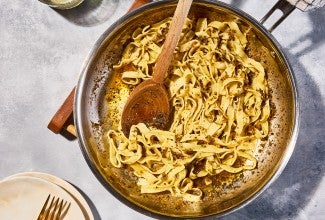Sourdough Pasta
Have you always wanted to try making homemade pasta? Or are you swimming in sourdough discard? In either case, this recipe from sourdough baker and cookbook author Bryan Ford is for you! The versatile dough can be transformed into wide, flat pappardelle or fine, thin fettuccine and kept plain or flavored (see "tips," below for a spinach variation). Even better? You don't necessarily need a food processor or pasta machine to make it (though go ahead and use them if you’re not ready for an upper-body workout!).
